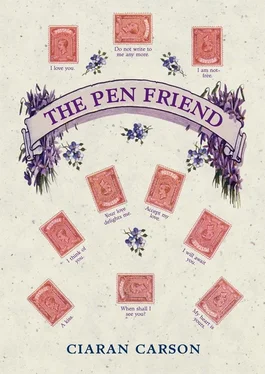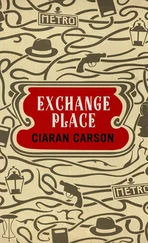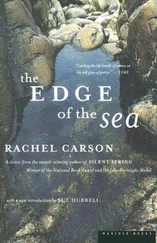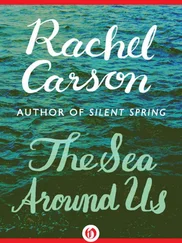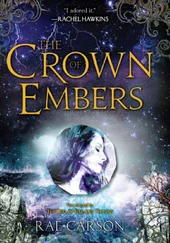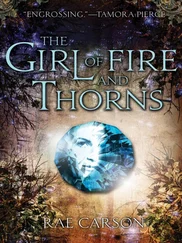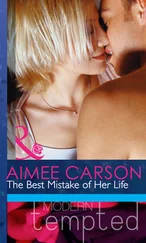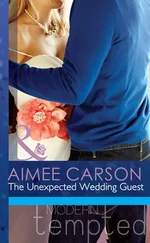Years afterwards, I discovered that these were precisely the attributes that Yves Klein ascribed to his trademark blue. He had always been fascinated by the concept of flight. Today, said Klein, the painter of space must actually go into space, but without aeroplane, parachute, or rocket. He must be capable of levitating. From his judo experience, Klein believed that levitation — he liked to think of it as a form of ascension, a victory over death — was indeed possible, through a regime of breathing exercises designed to free the body — physically, mentally, and spiritually — from the constraints of weight. In October 1960 the French journal Dimanche carried a photograph of Klein which became known as The Leap into the Void . It shows Klein, dressed in a business suit, soaring into space just off the ledge of a mansard roof, his torso and head turned towards the sky and his arms extended outwards in a convincing simulacrum of flight. The setting is a nondescript Parisian street, empty except for a man on a bicycle who has just passed by, his back to the viewer, oblivious to the marvellous event. When I first saw a reproduction of this photograph I was struck by the quotidian beauty of the scene, the crooked kerbstones, the empty bus-shelter, the tarred roadway patched and laddered with repair-work, light glinting off the leafy trees and the iron railings of a garden. How wonderfully the cyclist defies gravity, how intricate are the folds and puckers of his overcoat, caught in mid-flap behind him! Klein’s Leap into the Void might have been a camera trick; but the street is miraculously real.
I write this in blue ink, the colour of liberation, the colour of France. You remember that week in Paris, Nina, you told me about Lee Miller. We were in Cimetière du Montparnasse, where Samuel Beckett is buried, except he was alive then, and we walked the avenues between the tombs and sepulchres and monuments as they glittered in the immaculate Paris light. We stood at the grave of Baudelaire as you recited his poem ‘Parfum Exotique’ — l’odeur de ton sein chaleureux , the odour of your warm breast — and we stood silently a while by the grave of Jean-Paul Sartre, who would be joined in four years’ time by Simone de Beauvoir; and then we went to Man Ray’s grave, Man Ray who was once a lover of Lee Miller. A string of coincidences, if you like, you said. Imagine, 1927, New York, Lee Miller’s about to step in front of a car, and of all people, of all the millions of people in New York, she’s saved by Condé Nast, who owns Vogue magazine. A few weeks later she appears on the front cover of Vogue , full face, with the lights of New York behind her, lovely Art Deco cover, she’s wearing a blue cloche hat, and she’s got this look, uninhibited yet relaxed, a look of worldly sophistication. Someone who knows who she is, yet the viewer can project her own fantasies on to her. Edward Steichen, the great photographer, takes a real shine to her, that’s when she starts to get interested in photography, she watches how it’s done, how an image is created. Then Condé Nast pulls some strings for her, gets her a research assignment in Paris with French Vogue , she’s to go and look at Renaissance paintings, make detailed drawings of costume adornments, buckles, buttons and bows, haberdashery, as it were, and Steichen gives her an introduction to Man Ray. Man Ray, he was born Emmanuel Radnitzky, decides at the age of fifteen he’s going to be Man Ray, anyway, Paris in the 1920s, he’s at the forefront of the whole Surrealist enterprise, there’s Paul Éluard and André Breton, there’s Max Ernst, Yves Tanguy, Magritte, Picasso, and there’s Man Ray — what must it have been like?
Lee Miller goes and looks at the buckles and bows, and decides that drawing them is a bit silly, why not photograph them instead? All she has is a folding Kodak, she has to take close-ups in bad light with low-speed film, but she learns how to do it. She knows now she wants to be a photographer. She goes to see Man Ray, calls at his apartment, but the concierge tells her he’s just left for Biarritz. She goes to a nearby café, Le Bateau Ivre, she’s sitting there all disappointed sipping a Pernod, when who walks in but Man Ray. She tells him she’s his new student, he says he doesn’t take students, and anyway he’s leaving Paris to go on holiday, and she says, I know, I’m going with you, and she does, and they end up living together for three years. Ends up driving him near crazy. But at the beginning, she’s going with Man Ray, she’s the talk of Paris, there’s images of her all over the place, a glass manufacturer designs a champagne glass modelled on her breast, as photographed by Man Ray. She gets her own apartment, look, over there, and you pointed to a high mansard roof in a street that overlooked the cemetery, 12 rue Victor Considérant, you said, she sets up a studio, gets to photograph high society, the Duchess of Alba, Duke Vallambrosa, the Maharanee of Cooch-Bihar, whoever, it’s like something out of Proust. And one thing leads to another.
Skip to 1940, she’s in London, she gets to know the Mass Observation people, you know, Jennings, Gascoyne, Spender, all these poets and photographers, she’s at all their mad soirees, and they all idolise her because the Mass Observation thing was really a Surrealist enterprise, and here’s Lee Miller who was at the heart of it all in Paris, worked with Man Ray, Jean Cocteau, Picasso, all the big names. Of course, by now Mass Observation’s a propaganda tool, they’re in league with the Ministry of Information, they assess the morale of the civilian population, see what might perk them up. So a few strings are pulled, she gets a photography job in British Vogue , they called it Brogue . And Brogue ’s doing the British stiff upper lip thing, photographs of well-bred, elegantly dressed ladies, aloof from the terrors of the Blitz, even when their offices were bombed it didn’t rate a mention in the magazine, the show must go on. Lee gets a bit restless, starts to look around for something to do on the side, she meets up with the American broadcaster Ed Murrow, they collaborate on a book, he writes the text, she takes the pictures, they call it Grim Glory, Pictures of Britain under Fire . I got a second-hand copy a few years ago, cost me a small fortune, but it was worth it, I can see some of those photographs still, one of a bomb-damaged typewriter, she called it Remington Silent , the keyboard’s all twisted, the ribbon’s unspooled all over the place, it looks like some kind of Surrealist object, but really it’s a very simple shot, there’s no tricks with it. It just shows it as it is, a typewriter that’s been in the war. Then there’s one of a terrace of grand houses in Knightsbridge, it’s got a house-sized gap blasted right through the middle of it, you can see the back of another terrace through it, but the top storey with the mansard windows is still intact, she called that one Bridge of Sighs . Or maybe Murrow made up the captions, I don’t know. Personally I find the captions a bit sentimental, the pictures speak far more clearly.
Then she meets the photographer David Scherman, she teams up with him, in more ways than one, eventually. Brogue gives them assignments with a bit more grit to them, seems the Ministry of Information people, or the Mass Observation people, whatever, they want Brogue to change its slant. Lee comes up with some great photographs, the ATS searchlight operators, women, they’ve got this padded body armour on, they look like gladiators. Londoners sleeping in the Tube stations, she makes you aware of fabric and texture, the folds and furrows in the blankets, there’s a sculptural quality to the rows of people wrapped up for the night, yet they’re still people, you can see how the light falls on an old man’s hand, a child’s face. There’s a great one of a barrage balloon that’s settled in a field, terrible caption, they called it Eggceptional Achievement , because there’s a pair of geese standing in front of it, like they’ve just produced this wonderful giant silver egg, a Surrealist thing, except it’s not. It’s real. That’s the beauty of the pictures, they show how things pressurised by exceptional circumstances, by war, take on interesting new shapes, you said.
Читать дальше
